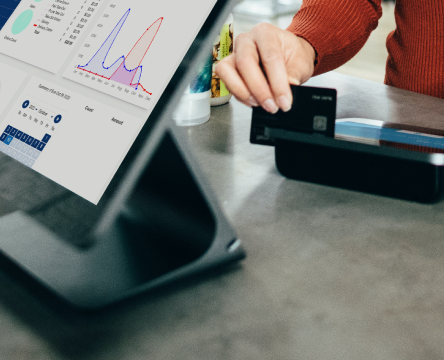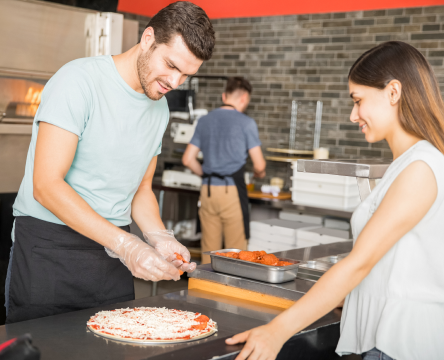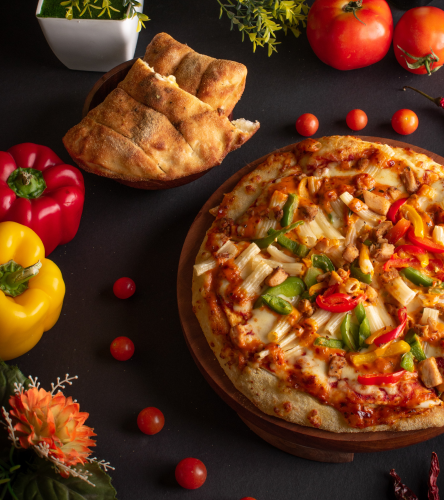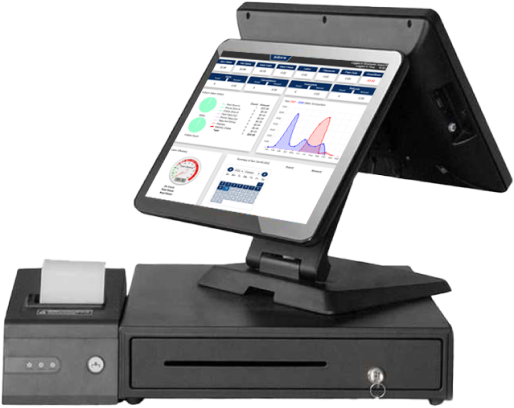All-In-One Pizza
POS System That
Does it All, For Less
Running a pizzeria has never been more simple &
profitable thanks to Adora’s easy to use Pizza POS.


Online ordering

Delivery management driver app

Menu management

Employee mgmt, scheduling & tip pooling

Discount & coupon management

Inventory management

Contactless ordering & payments

Kitchen display system
Increase Sales By Double Digit %’s
Boost average check sizes with smart upselling features & turn first-time guests into regulars, and regulars into promoters with built in loyalty programs.

Save Time and Money
Determine menu item profit margins, monitor daily revenue in real-time, and see how staff are performing – all in one place.

Food Delivery Management You & Your Customers Can Rely On
Integrations with Google Maps make delivery tracking a breeze. Automated texts go out to the customer as soon as the driver arrives at the destination for maximum efficiency.

Choose In-House Online Ordering or 3rd Party Integrations
Save on third-party online ordering fees and/or seamlessly integrate with 3rd party online ordering platforms. All orders are sent directly to the kitchen to streamline back-of-house operations.

Never Miss An Order
Clear lines of communication from Front-of-House to Back-of-House ensure that orders never fall between the cracks in a rush. Each step in the pizza-making process including make-line and cut and wrap is clear.

Easily integrate with the leading food service apps like DoorDash, Heartland, GrubHub & more.

Core Pizza POS Pricing
starting at just
$69/mo
- 24/7/365 US-Based Customer Support
- Adora Cloud & Real Time Reporting
- Menu Mgmt
- Smart Discount & Coupon Mgmt
- Employee Mgmt, Scheduling & Tip Pooling
- Customer Relationship Mgmt
- Inventory Management
- Fully Integrated Online Ordering
- Curbside Pickup
- Enterprise Portal & Business Intelligence
- Delivery Management & Driver App
- Google Maps Integration
- Caller ID Interface
- Bi-Directional Call Center
- Contactless Ordering & Payments
- Gift Cards & Loyalty Programs
- Kitchen Display System
- Self Serve Kiosk
Our Raving Pizzerias
Mountain Mike's Pizza
“Adora POS is a highly impactful tool that helps manage and drive our business forward. It provides accurate, real-time information at both the restaurant and corporate level. It affords our franchisees with many tools to drive a great consumer experience while maximizing restaurant profitability and providing us great insights at the enterprise level.”

Get your free demo
today and see why
pizza shops around the
world depend on
Adora’s POS to process
millions of pizza orders.



